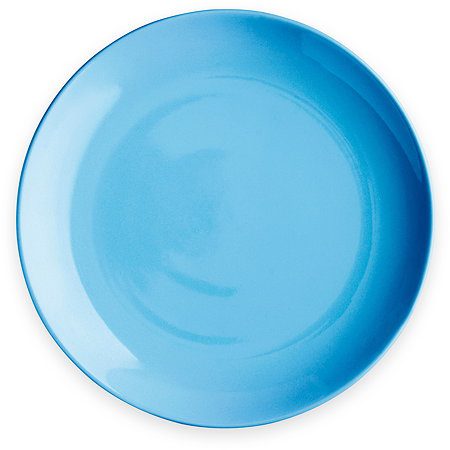Next Generation Ceramic Glaze
Problem
My very first project in my first job after my PhD was on ceramic tableware glaze, which is the transparent glaze we see on cups, plates and other tableware. That industry is hundreds of years old and over that time span the glaze formulations had become more and more complex. My task was to start from scratch and replace the old, complex formulations where the function of each additive was long-forgotten.
Action
The first task was to list the properties that the glaze dispersion must have in order to perform well. For example, it must not settle out on storage, it must have the correct viscosity for hand-dipping or spraying and it must set solid to prevent it from being damaged during handling at the factory. Lastly, any additives must burn away cleanly without leaving any black specks that would ruin the appearance of the fired item.
Solution
Starting with just water, we searched for a modifier, which ceramists refer to as “organics” that would fulfill all of the requirements. We found a commercial additive used in a different industry and tested it. To our surprised and delight, we were able to replace 10-15 additives in the old formulation with just one ingredient.
We took the new ceramic tableware glaze formulation from the lab to the factory in a couple of months and it performed perfectly. We then set about protecting the breakthrough invention with a patent where I was listed as co-inventor. I was very proud but that turned to dismay because when I left that company, they removed my name from the patent. I have since been told that action was both illegal and invalidates the patent (WO9600195A1 Ceramic Slurry Glaze Formulations). Nevertheless, that breakthrough on my first ever project was encouraging. Many more patents would follow in subsequent years (see here for patents and publications).

